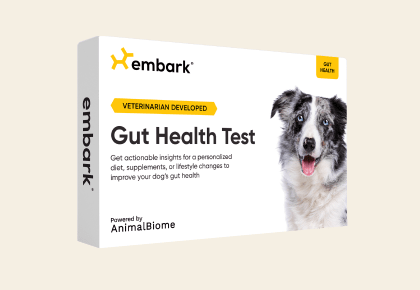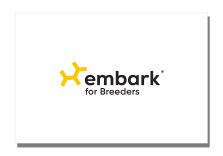Oculoskeletal Dysplasia 2
This is a developmental disease that causes dwarfism, lameness, and partial to complete vision loss.
-
Signs and symptoms
Signs can include dramatic short-limbed dwarfism, lameness, and partial to complete vision loss. Affected dogs tend to have early onset arthritis.
Signs are first recognized in puppies. -
Diagnosis
Genetic testing and clinical signs can be used to diagnose this condition.
-
Treatment
Currently, there is no treatment for this condition. Medications may be prescribed to help with pain.
-
What to do if your dog is at risk
Actions
- Talk to your vet about your dog’s OSD2 result so you can discuss whether any signs are present and plan care if needed.
- Some dogs show only mild limb shortening and live normal, active lives, while others may need extra support for mobility or vision changes.
- Provide soft bedding, nonslip flooring, and ramps if your dog has trouble getting around, and avoid activities like jumping or climbing stairs that could stress the joints.
- If you notice signs of vision loss, keep your dog on a leash in unfamiliar areas and use verbal cues to help them navigate safely.
-
Genetic Information
This mutation was first described in the Samoyed.
This mutation has an autosomal recessive inheritance, meaning that dogs must have two copies of the mutation in order to show clinical signs.
Gene names:
COL9A2 (5' UTR) ‐ chr
Inheritance type:
recessive
Citations:
-
Breeds affected
This health condition affects the following breeds
Learn about your dog’s unique genetic health
Dog owners
Breed identification, health and trait insights, personalized care recommendations, and the world’s first canine relative finder—all in one leading dog DNA test.
Learn about the report for dog ownersShop the test
Breeding programs
Embark’s test for breeding programs is one comprehensive DNA test designed with your needs in mind.
Learn about the report for breedersShop the test












